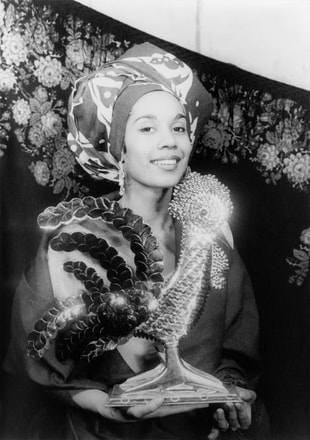 Carmen de Lavallade 1955. © Carl Van Vechten.
Carmen de Lavallade 1955. © Carl Van Vechten. A breezy, fairy tale–like tour of the history of jazz from the Caribbean jungle to the American urban centers of New Orleans, Chicago, and New York, Drum implicitly portrayed music as a historical and cultural link between African, African American, and Latin people.
Ellington and Billy Strayhorn’s compositions explored calypso, rhumba, bop, Dixieland, and other genres. The show revolved around Madame Zajj (danced by Carmen de Lavallade, and sung by Joya Sherrill and Margaret Tynes), who, in her travels through the jungle, falls in love with the conga drummer Caribee Joe (danced by Talley Beatty, and sung by Ozzie Bailey) [2].
Television critics greeted Drum with mixed reviews, with the more influential New York scribes weighing in negatively. See biographer Terry Teachout for details [3]. But in the black political and cultural communities, the show received extravagant praise, the observers noting the historic aspects of the program. See biographer Harvey Cohen for details [4].
Specifics on Ms. De Lavallade’s performance are hard to come by. Sadly, today’s audience is left in the dark since the only known visual is a fuzzy black-and-white kinescope [5]. Oh, if only someone would discover a “lost’ tape somewhere, restore it, and broadcast it on television so we all could see for ourselves.
Fortunately, we have the music (or at least a good approximation thereof) on a CD [6]. The score is programmatic, being closely tied to the stage action and narration by Duke. Yet half of its 16 two- to five-minute numbers are solid Ellington. The standouts:
| “Hey, Buddy Bolden”: Uber-excellent trumpet work by Clark Terry and Ray Nance in support of chanting vocalists. A swinging, Dixie-flavored number Duke could have included in his standard concert repertoire. “Drum is a Woman (Part 2)”: A solo feature for altoist Johnny Hodges, who is at his best romantic and bluesy self. “You Better Know It”: Nicely sung by Ozzie Bailey with full orchestral backing, and a weaving obligato line by tenorist Paul Gonsalves. “Madam Zajj”: An excellent drum track from percussionists Candido Camero (bongos) and Terry Riley (drums). “Ballad of the Flying Saucers”: Duke’s Lennonesque—think “Lucy in the Sky with Diamonds”—narration followed by an up-tempo, rhythmic orchestral interlude melding into a Strayhorn-like, gorgeous Hodges solo with harp backing! Excellent Sam Woodward drums throughout. (“Flying Saucers”? Don’t ask.) |
But Drum also marked a departure from the type of musical critics had grown accustomed to—the Rodgers and Hammerstein type musical—and this, as much as anything, led to their befuddlement.
Before Broadway’s West Side Story, and a half century before Hamilton, Ellington was celebrating the diversity of American identity through music on stage—and on television.
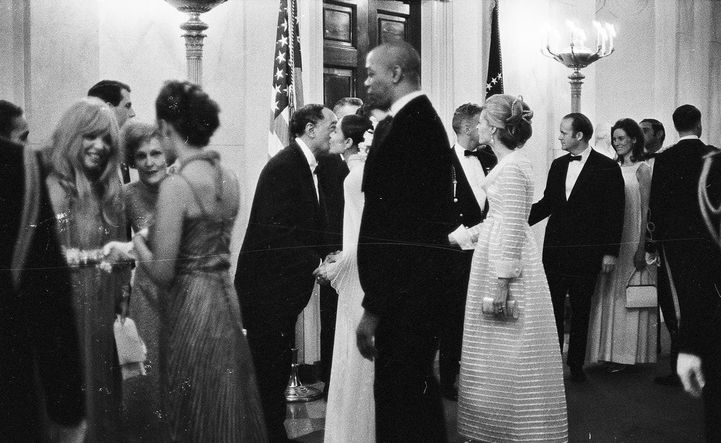 At the 1969 White House tribute, Duke bestowed his famous four kisses on dancer Carmen de Lavallade (center) as husband and fellow dancer Geoffrey Holder (center foreground) looked on. © Ollie Atkins.
At the 1969 White House tribute, Duke bestowed his famous four kisses on dancer Carmen de Lavallade (center) as husband and fellow dancer Geoffrey Holder (center foreground) looked on. © Ollie Atkins. - Phillip Kennicott, “The Kennedy Center Honors Abandons the Arts for Pop Culture,” Washington Post, August 3, 2017.
- Harvey G. Cohen, Duke Ellington’s America (Chicago: University of Chicago Press, 2010), 330–31.
- Terry Teachout, Duke: A Life of Duke Ellington (New York: Gotham Books, 2013), 296–97.
- Cohen, Ellington’s America, 233.
- Teachout, Duke, 246.
- A Drum Is a Woman: Duke Ellington and his Orchestra, Jazz Track Records 923, CD.
- Cohen, Ellington’s America, 333.
- Edward Allan Faine, Ellington at the White House 1969 (Takoma Park, MD: IM Press, 2013), 85, A-23.
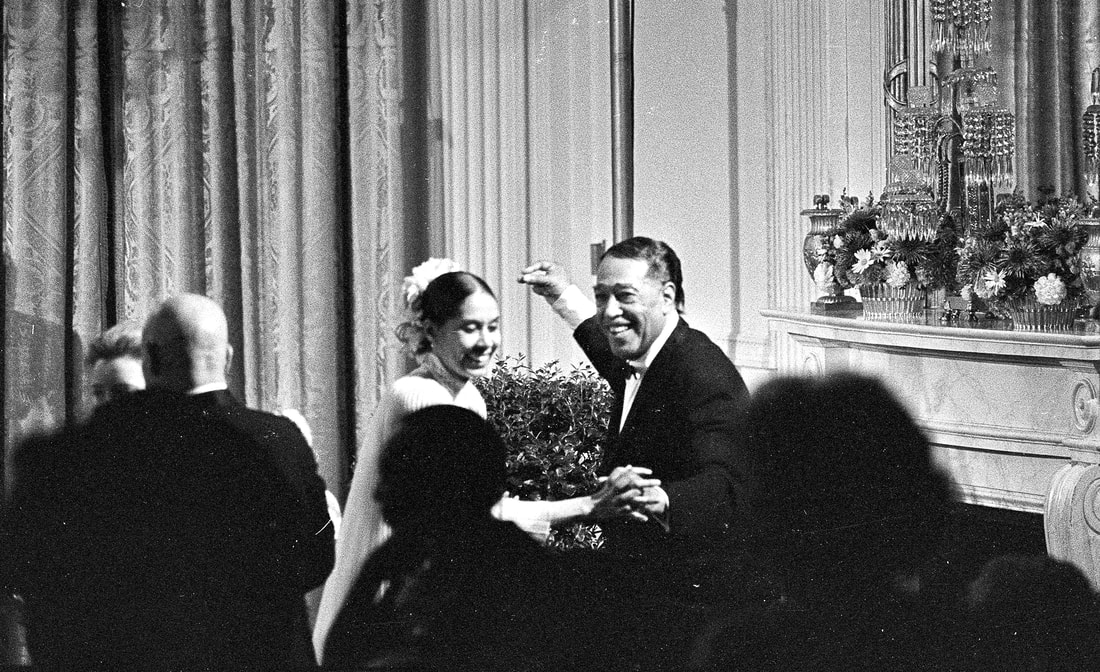

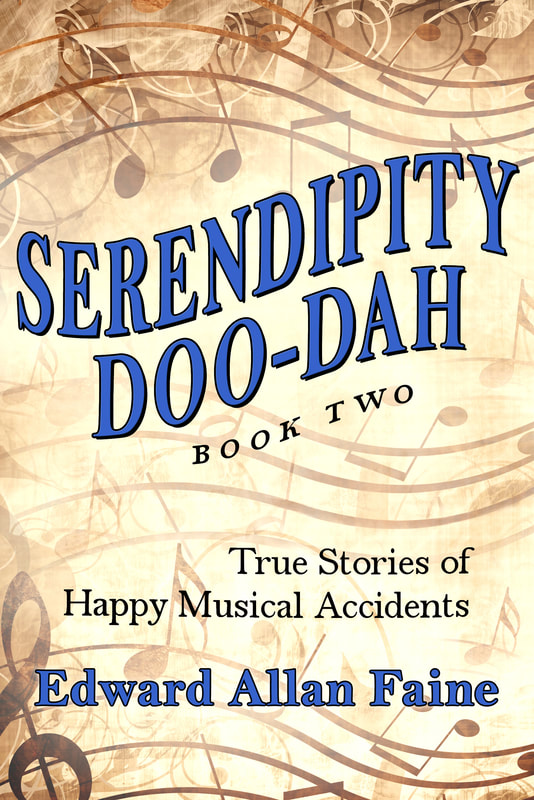
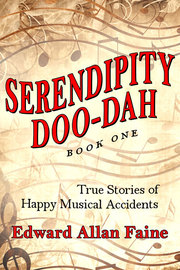
 RSS Feed
RSS Feed